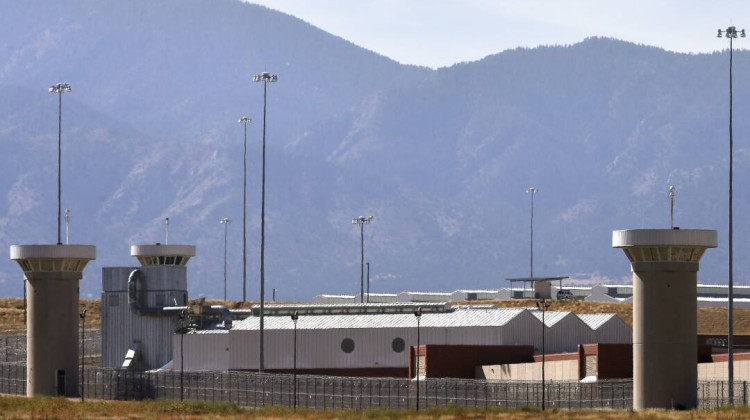According to NASA, 2020 tied with 2016 for the hottest year on record globally. Though it was only the 14th the hottest year for Indiana, it marked the sixth year in a row that temperatures were above normal.
As temperatures rise in Indiana, we’re seeing more heavy rain events — some of which caused flooding in parts of the state last year.
Sean Sublette is a meteorologist with the nonprofit Climate Central. He said the U.S. has gotten better at preventing deaths from severe weather.
“But there’s still a lot of damage to property and livelihoods — and it could tear apart families. These are the kinds of things that we need to think about going forward, because carbon dioxide isn't just going to come out of the atmosphere by itself," Sublette said.
Sublette said the fact that the Earth continues to hit these new heat records shows the need to address climate change fast.
Among other things, the Purdue Climate Change Research Center said Indiana can also expect to have more heat-related deaths, crop losses, and illnesses from ticks and mosquitos due to climate change.
READ MORE: How Can Cities And You Prepare For More Flooding Due To Climate Change?
What we consider a “normal” temperature is also going to change this year.
“A lot of people don't realize that when we talk about a temperature and we're comparing it to normal, we're comparing it to the 30-year average temperature on that date," said Jason Puma, a meteorologist with the National Weather Service in Indianapolis.
Instead of comparing today’s temperatures with averages from the 1980s to 2010 — because of the new decade — meteorologists will now compare them to dates from the 1990s to 2020. Since global temperatures have been going up for several decades, Puma said this change means we’ll have a new, slightly warmer normal.
Contact Rebecca at rthiele@iu.edu or follow her on Twitter at @beckythiele.
Indiana Environmental reporting is supported by the Environmental Resilience Institute, an Indiana University Grand Challenge project developing Indiana-specific projections and informed responses to problems of environmental change.
 DONATE
DONATE








 Support WFYI. We can't do it without you.
Support WFYI. We can't do it without you.